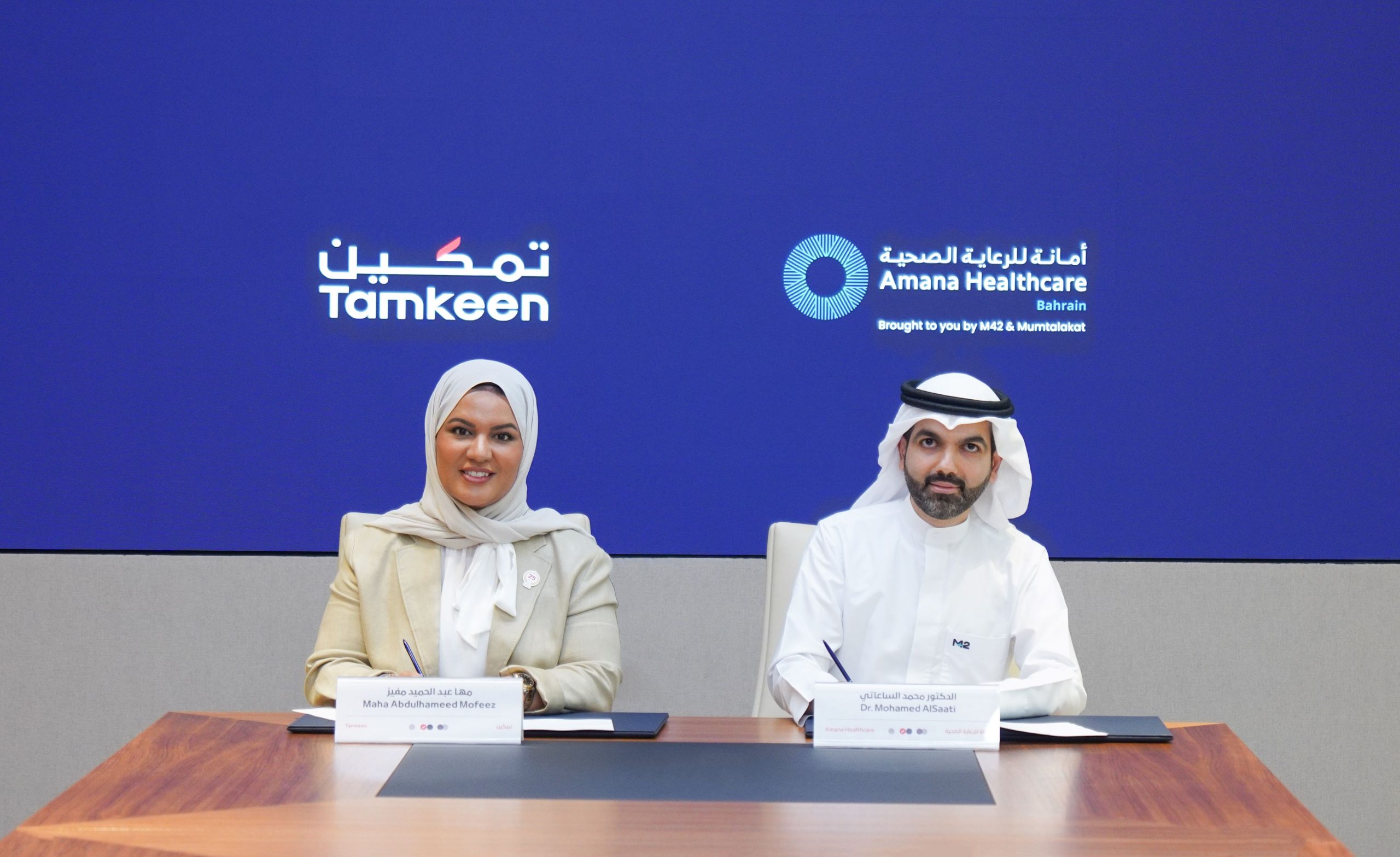For more than two years, the isolation of the Pacific archipelago nation of Tonga helped keep COVID-19 at bay.
But last month’s volcanic eruption and tsunami brought outside deliveries of desperately needed fresh water and medicine — and the virus.
Now the country is in an open-ended lockdown, which residents hope will help contain the small outbreak and will not last too long.
“We have pretty limited resources, and our hospitals are pretty small,” Tongan business owner Paula Taumoepeau said Friday. “But I’m not sure any health system can cope. We are lucky we’ve had two years to get our vax rate pretty high, and we had a pretty immediate lockdown.”
For the latest headlines, follow our Google News channel online or via the app.
Tonga is only one of several Pacific countries to experience their first outbreaks over the past month. All have limited health care resources, and there is concern that the remoteness that once protected them may now make helping them difficult.
“Clearly when you’ve got countries that have already got a very stretched, and fragile health system, when you have an emergency or a disaster and then you have the potential introduction of the virus, that’s going to make an already serious situation immeasurably worse,” said John Fleming, the Asia-Pacific head of health for the Red Cross.
Tonga was coated with ash following the January 15 eruption of the massive undersea Hunga Tonga Hunga Ha’apai volcano, then hit with a tsunami that followed.
Only three people have been confirmed killed, but several small settlements in outlying islands were wiped off the map and the volcanic ash tainted much of the drinking water.
The nation of 105,000 had reported only one case of COVID-19 since the beginning of the pandemic — a Church of Jesus Christ of Latter-day Saints missionary returning to the island from Africa via New Zealand who tested positive in October — and authorities debated whether to let international aid in.
They decided they had to, but despite strict precautions unloading ships and planes from Australia, New Zealand, Japan, Britain and China, two Tongan men who worked at the capital’s Queen Salote Wharf handling shipments tested positive on Tuesday.
“Tonga is just out of luck this year,” said Samieula Fonua, the chairman of Tonga Cable Ltd., the state-own company that owns the sole fiber-optic cable connecting the nation to the rest of the world. “We desperately need some good news.”
The two were moved into isolation, but in tests of 36 possible contacts, one’s wife and two children also tested positive, while the others tested negative, the local Matangi Tonga news site reported.
It was not clear how many people might have come into contact with the dockworkers, but the government released a list of locations where the virus could have spread, including a church, several shops, a bank and a kindergarten.
Prime Minister Siaosi Sovaleni imposed an open-ended lockdown starting 6 p.m. on Wednesday. It could be arduous for Tongans because most have been without any internet connections since the volcanic eruption severed the fiber optic cable to the country.
One of the infected dock workers has since tested negative, but remains in quarantine, and 389 others have been cleared of COVID-19, Sovaleni told reporters in Tonga. But he said Friday that a primary contact to one of the people infected had tested positive, and ordered the lockdown extended another 48 hours.
The government has been primarily communicating with residents by radio addresses, and Fonua said his crews estimate they may have to replace an 87-kilometer (54 mile) section of undersea cable. They were hoping to restore service by next week.
It is not yet known what variant of the virus has reached Tonga, nor who brought it in. Officials have stressed that the aid deliveries were tightly controlled, and that it is not yet proven the virus came in that way.
Sailors aboard the Australian aid ship HMAS Adelaide reported nearly two dozen infections after an outbreak on board, but authorities said it had been unloaded at a different wharf. Crew members aboard aid flights from Japan and Australia also reported infections.
“The people are OK with the lockdown because they understand the reason why, so the corona doesn’t spread over our little country,” Tulutulu Kalaniuvalu, a 53-year-old former police official who runs a business, told The Associated Press. He added that most Tongans depend on crops they grow on plantations and hope the lockdown is short-lived.
Experience from elsewhere, especially with the prevalence of the rapidly spreading omicron variant, suggests that Tonga faces an uphill battle in trying to contain the outbreak, Indonesian epidemiologist Dicky Budiman told the AP.
Some 61 percent of Tongans are fully vaccinated, according to Our World in Data, but because the country has not yet seen any infections, there’s no natural immunity and it is not clear whether the shots were given long enough ago that they may now be less effective, Budiman said.
He recommended that the government immediately start offering booster shots and open vaccinations to younger children.
“If we race with this virus we will not win,” he said in an interview from Australia. “So we have to move forward by protecting the most vulnerable.”
The October case of the missionary with COVID-19 prompted a wave of vaccinations, and 1,000 people already showed up for a first dose after the current outbreak was detected, Kalaniuvalu said.
Outbreaks in the Pacific
Solomon Islands reported its first community outbreak on January 19. With only 11 percent of its population fully vaccinated, the virus has been spreading rapidly with the Red Cross reporting that less than two weeks later, there are now more than 780 recorded cases and five COVID-19 related deaths.
Elsewhere, Fiji — still reeling from damage caused by Cyclone Cody in early January — has been battling an ongoing spike in cases, fueled by omicron, and cases have been reported for the first time in Kiribati, Samoa and Palau.
Palau has nearly its entire population fully vaccinated, while Fiji has 68 percent and Samoa 62 percent, but Kiribati is only at 33 percent.
The key to ensuring hospitals aren’t overwhelmed is to make sure more people get shots, Budiman said.
“These countries that choose to have this COVID-free strategy, they are very vulnerable,” he said.
Kalaniuvalu said some people have questioned the decision to let the ships carrying aid in to Tonga, but most feel it was necessary to help through the aftermath of the volcano and tsunami, and that the islanders now just had to do their best to minimize the impact of the outbreak.
“To be honest with you, we were one of the luckiest countries in the world for almost three years, now it’s finally here in Tonga,” he said.
“We, the people of Tonga, knew sooner or later the coronavirus would come to Tonga because the corona is here to stay.”
Read more:
Why Tonga eruption was so big, how tsunami traveled far, what’s next
All homes on one Tonga island destroyed, three dead as government shares first update
Warfare technology aids rogue shipping companies evade maritime sanctions


 World3 years ago
World3 years ago
 World3 years ago
World3 years ago
 Business1 year ago
Business1 year ago
 Entertainment7 years ago
Entertainment7 years ago
 World7 years ago
World7 years ago
 Entertainment7 years ago
Entertainment7 years ago





